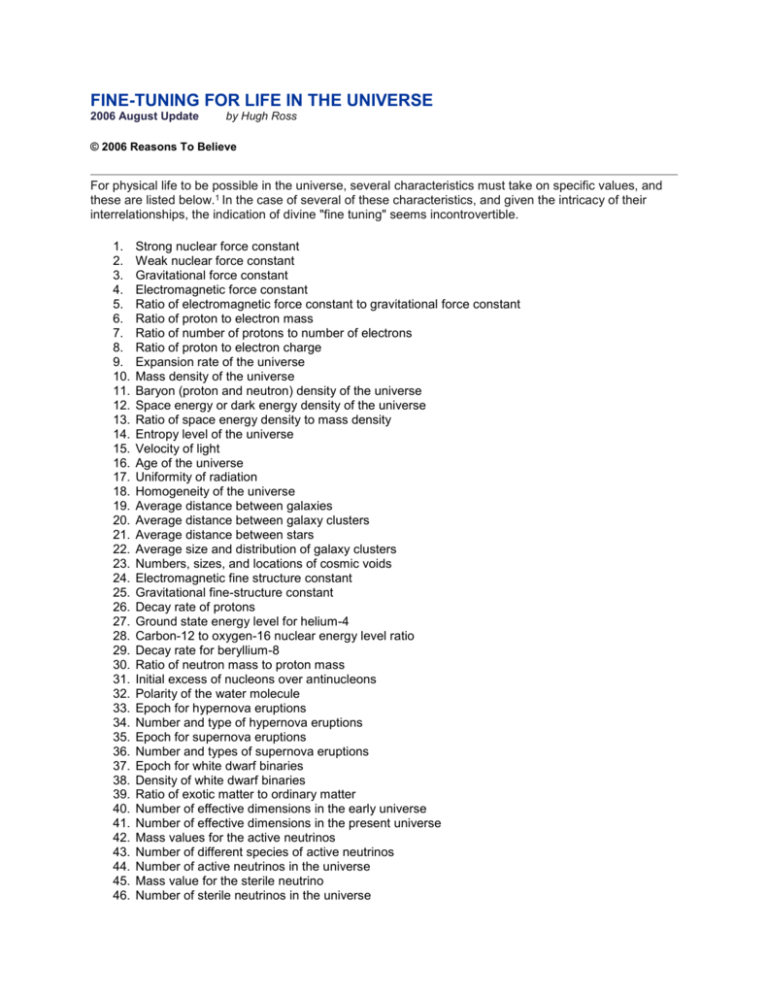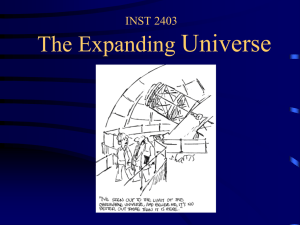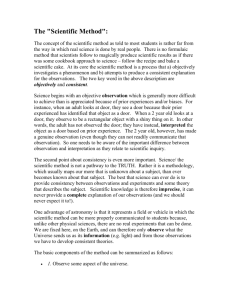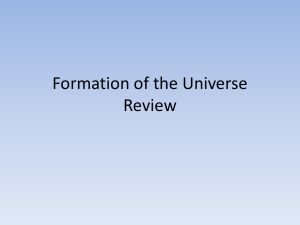Ross Fine Tuning for Life
advertisement

FINE-TUNING FOR LIFE IN THE UNIVERSE 2006 August Update by Hugh Ross © 2006 Reasons To Believe For physical life to be possible in the universe, several characteristics must take on specific values, and these are listed below.1 In the case of several of these characteristics, and given the intricacy of their interrelationships, the indication of divine "fine tuning" seems incontrovertible. 1. 2. 3. 4. 5. 6. 7. 8. 9. 10. 11. 12. 13. 14. 15. 16. 17. 18. 19. 20. 21. 22. 23. 24. 25. 26. 27. 28. 29. 30. 31. 32. 33. 34. 35. 36. 37. 38. 39. 40. 41. 42. 43. 44. 45. 46. Strong nuclear force constant Weak nuclear force constant Gravitational force constant Electromagnetic force constant Ratio of electromagnetic force constant to gravitational force constant Ratio of proton to electron mass Ratio of number of protons to number of electrons Ratio of proton to electron charge Expansion rate of the universe Mass density of the universe Baryon (proton and neutron) density of the universe Space energy or dark energy density of the universe Ratio of space energy density to mass density Entropy level of the universe Velocity of light Age of the universe Uniformity of radiation Homogeneity of the universe Average distance between galaxies Average distance between galaxy clusters Average distance between stars Average size and distribution of galaxy clusters Numbers, sizes, and locations of cosmic voids Electromagnetic fine structure constant Gravitational fine-structure constant Decay rate of protons Ground state energy level for helium-4 Carbon-12 to oxygen-16 nuclear energy level ratio Decay rate for beryllium-8 Ratio of neutron mass to proton mass Initial excess of nucleons over antinucleons Polarity of the water molecule Epoch for hypernova eruptions Number and type of hypernova eruptions Epoch for supernova eruptions Number and types of supernova eruptions Epoch for white dwarf binaries Density of white dwarf binaries Ratio of exotic matter to ordinary matter Number of effective dimensions in the early universe Number of effective dimensions in the present universe Mass values for the active neutrinos Number of different species of active neutrinos Number of active neutrinos in the universe Mass value for the sterile neutrino Number of sterile neutrinos in the universe 47. 48. 49. 50. 51. 52. 53. 54. 55. 56. 57. 58. 59. 60. 61. 62. 63. 64. 65. 66. 67. 68. 69. 70. 71. 72. 73. 74. 75. 76. 77. 78. 79. 80. 81. 82. 83. 84. 85. 86. 87. 88. 89. 90. 91. 92. 93. Decay rates of exotic mass particles Magnitude of the temperature ripples in cosmic background radiation Size of the relativistic dilation factor Magnitude of the Heisenberg uncertainty Quantity of gas deposited into the deep intergalactic medium by the first supernovae Positive nature of cosmic pressures Positive nature of cosmic energy densities Density of quasars Decay rate of cold dark matter particles Relative abundances of different exotic mass particles Degree to which exotic matter self interacts Epoch at which the first stars (metal-free pop III stars) begin to form Epoch at which the first stars (metal-free pop III stars cease to form Number density of metal-free pop III stars Average mass of metal-free pop III stars Epoch for the formation of the first galaxies Epoch for the formation of the first quasars Amount, rate, and epoch of decay of embedded defects Ratio of warm exotic matter density to cold exotic matter density Ratio of hot exotic matter density to cold exotic matter density Level of quantization of the cosmic spacetime fabric Flatness of universe's geometry Average rate of increase in galaxy sizes Change in average rate of increase in galaxy sizes throughout cosmic history Constancy of dark energy factors Epoch for star formation peak Location of exotic matter relative to ordinary matter Strength of primordial cosmic magnetic field Level of primordial magnetohydrodynamic turbulence Level of charge-parity violation Number of galaxies in the observable universe Polarization level of the cosmic background radiation Date for completion of second reionization event of the universe Date of subsidence of gamma-ray burst production Relative density of intermediate mass stars in the early history of the universe Water's temperature of maximum density Water's heat of fusion Water's heat of vaporization Number density of clumpuscules (dense clouds of cold molecular hydrogen gas) in the universe Average mass of clumpuscules in the universe Location of clumpuscules in the universe Dioxygen's kinetic oxidation rate of organic molecules Level of paramagnetic behavior in dioxygen Density of ultra-dwarf galaxies (or supermassive globular clusters) in the middle-aged universe Degree of space-time warping and twisting by general relativistic factors Percentage of the initial mass function of the universe made up of intermediate mass stars Strength of the cosmic primordial magnetic field 1 Most of the source references may be found in The Creator and the Cosmos, 3rd edition by Hugh Ross (Colorado Springs, CO: NavPress, 2001), pp. 145-157, 245-248. For additional references see: http://www.reasons.org/fine-tuning-life-universe#








